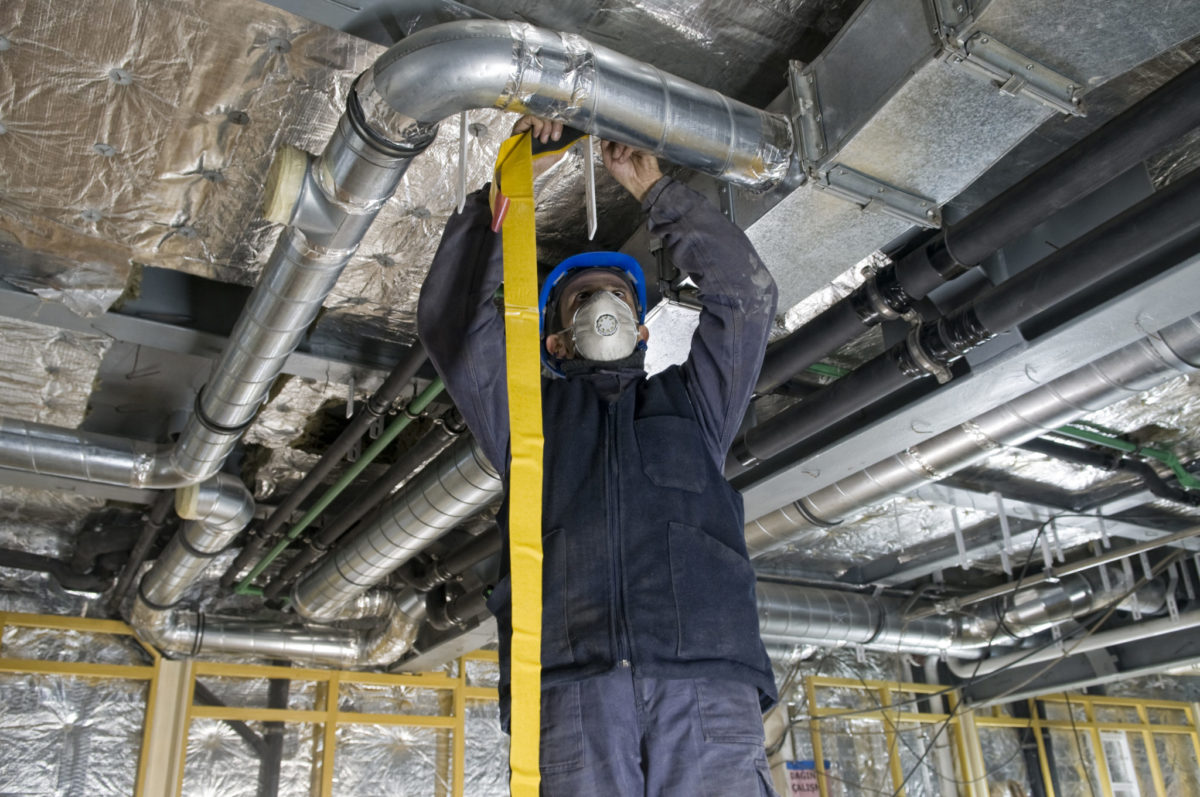
A new report from the American Council for an Energy-Efficient Economy (ACEEE) outlines five key energy efficiency policies that Florida can adopt to spur job growth across the state—gaining as many as 135,000 jobs. The following blog post highlights the opportunities. Authored by Annie Gilleo, Senior Manager, State Policy at ACEEE, it is reprinted here with permission.
New ACEEE research shows that Florida could bolster energy efficiency policies to gain 135,000 jobs, making the state’s economy a bit sunnier.
In 2017, Florida ranked fourth in the nation for efficiency jobs. But with so many untapped energy efficiency opportunities, the state could gain thousands of additional jobs. That’s because efficiency creates local jobs both directly — by employing workers to perform energy audits, manufacture efficient equipment, and install efficient appliances — and indirectly, by generating bill savings that help grow the economy.
How to make these jobs a reality? Here are five key steps.
- Set stronger energy savings goals for Florida utilities. In ACEEE’s most recent State Energy Efficiency Scorecard, the Sunshine State ranked 36th for spending on utility sector electric efficiency programs. Ramping up energy savings to 1% per year, following a pathway already proven by states like Arkansas, would deliver more than 100,000 jobs.
- Adopt state-level appliance standards. California leads the way in raising and adopting state-level appliance standards that help move the least efficient products out of the marketplace, but states like Arizona, Texas, Georgia, and Vermont have also put standards in place. Florida has a history of setting its own standards, joining with other states in the 1970s and 1980s in setting standards for refrigerators and air conditioners, but there are many more recent standards that Florida has yet to adopt.
- Promote the use of combined heat and power (CHP). Several CHP policies can help bring more than 240MW of CHP online by 2030. Such policies would clarify eligibility in interconnection standards, set production goals, offer deployment incentives, work with utilities to include CHP in their portfolios, and encourage CHP as a resilience strategy in critical facilities. This efficient technology delivers jobs and energy savings, while also providing assurance that critical facilities including hospitals, nursing homes, and places of refuge can continue to operate in emergency situations.
- Update building energy codes. Florida has a track record of maintaining up-to-date building energy codes. The state can drive energy savings and associated jobs by committing to regular updates, ensuring energy saving requirements are at least as strong as national model codes, and working with localities to ensure code compliance. There are other benefits, too. Improved building envelopes can increase energy efficiency and make homes and buildings more comfortable than inefficient buildings by maintaining temperatures during power outages.
- Work with major cities to benchmark large buildings. Benchmarking energy use can help building owners and operators identify opportunities for efficiency improvements and prioritize investments. Studies have found that benchmarking programs can drive savings of up to 14%.Florida already benchmarks state-owned buildings. The city of Orlando leads the way, benchmarking municipal buildings and large, privately owned commercial buildings. By working to help other large cities adopt similar policies, the state can spur efficiency investments.
Of course, investments in efficiency do more than create jobs. They also contribute to improved health, cleaner air, and increased resilience.
Florida has a significant opportunity to grow the local workforce while delivering energy and energy bill savings to the state’s residents and businesses. But without policy action, Florida may miss out on thousands of new energy jobs.
Will 2019 be the year the Sunshine State warms up to energy efficiency?
